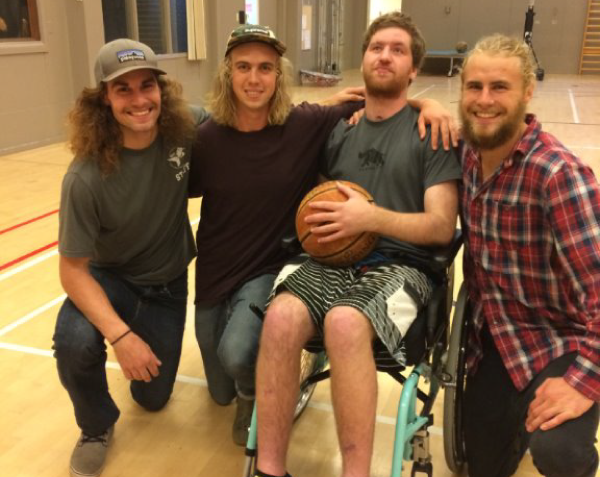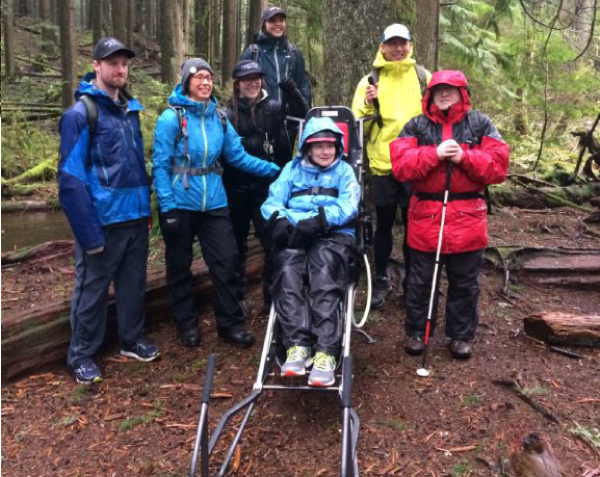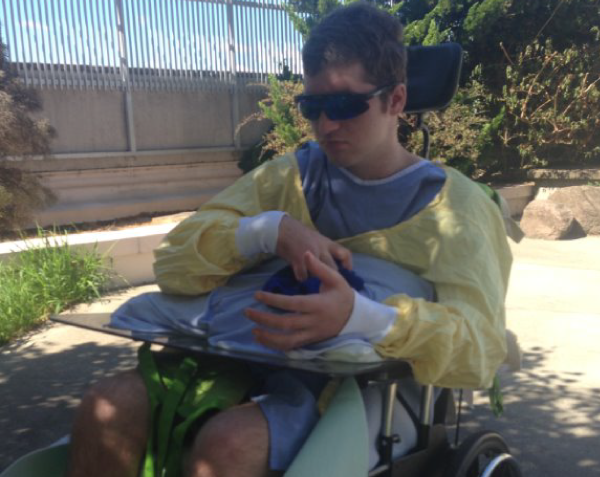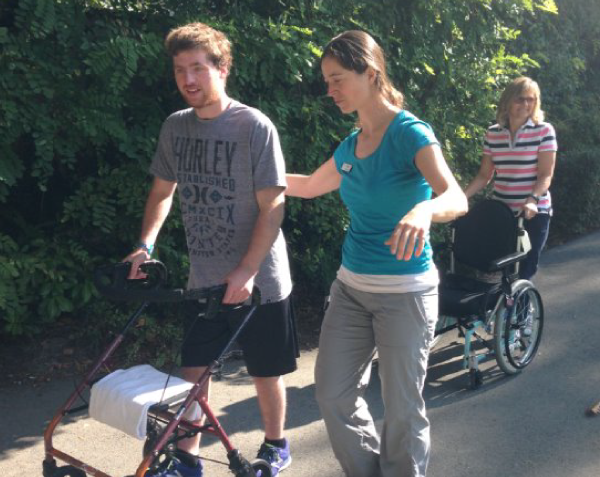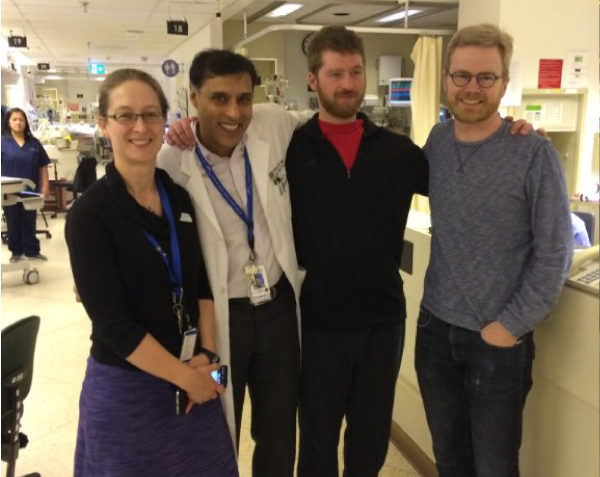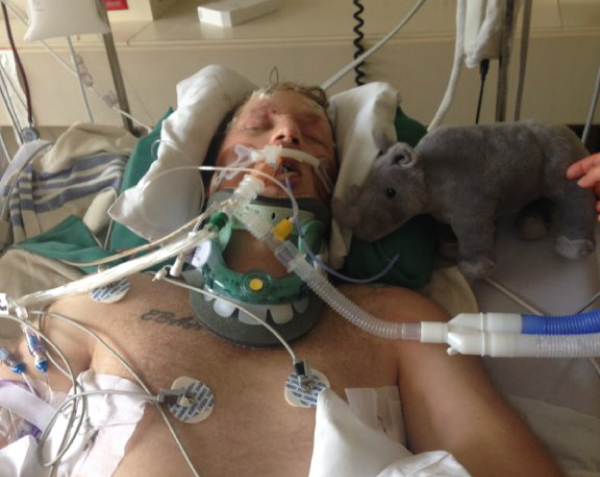
On a Friday morning in May 2016, unseasonal snow was thick on the road as 22 year old Ryan Jones was on his way to fight a forest fire near Fort St. John. Suddenly the wheels got stuck and his car veered into the oncoming lane. He saw a car approaching and tried to turn back, but his car was stuck in the snow — he couldn’t turn away.
“I don’t remember anything after that,” says Ryan. “I just woke up at the hospital.”
To Ryan, one minute he was driving and the next he was at Vancouver General Hospital (VGH). To his parents Donna and Jim, it felt like a lifetime.
“I remember looking at him and hardly recognizing him,” says Donna. “He was a mess, just full of tubes, and he didn’t look like Ryan.”
